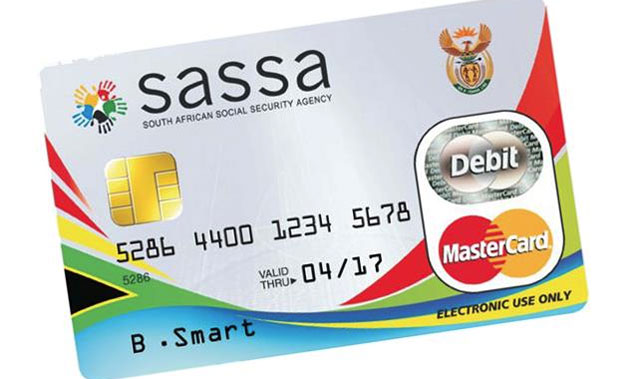
There is now a strong possibility that the South African Social Security Agency (Sassa) will be weaned off its dependence on one operator which is able to dictate terms by virtue of a “closed-loop” system.
This follows the news that the interministerial task team led by minister in the presidency Jeff Radebe to handle the social grants crisis has instructed Sassa to abandon the agreement it had reached in principle with Cash Paymaster Services and begin negotiations anew.
One of the main bones of contention between Sassa and national treasury — which ultimately saw treasury washing its hands of the deal due to Sassa’s insistence on using CPS — is that it allows CPS to dictate terms due to Sassa’s dependence on the system. This is according to discussions Moneyweb held with executives familiar with the matter on Friday.
Back when Net1’s UEPS technology was introduced, it was revolutionary. The idea of a smart card acting as a bank account, or more specifically being able to securely record transactions in an offline wallet format, was exactly what was required to be deployed into far-flung parts of the country where a substantial portion of grant recipients live and where no conventional banking infrastructure exists.
For the roughly three million rural people using the cards in this way, CPS then provided thousands of CPS-branded ATMs and point-of-sale devices that could be used in conjunction with biometric authentication that greatly reduced fraud and prevented unscrupulous lenders from confiscating cards in these environments.
But for the large majority of recipients — those living in urban areas, which that account for about 70% of recipients — the UEPS technology is not necessary. The grant goes into their Grindrod bank account and they transact on the National Payments System with the Sassa-branded Mastercard debit card they are issued with. This begs the question: why is CPS even getting paid on a per beneficiary basis? Surely it should be paid just for the infrastructure it provides?

In addition, the biometric standards Net1 pioneered were adopted by EMV (Europay Mastercard Visa — a global standard) late last year. In fact, the standard was first adopted by South Africa before it was extended to the rest of the world. “So, when [Net1 CEO Serge] Belamant accuses the banks of not having a biometric standard for interoperability, it is patently false,” says one executive who does not want to be identified so as not to be dragged into the political fight.
Locking yourself into a single proprietary standard as Sassa has done makes you a slave to using it. It also gives the operator pricing power (which would have attracted an investor like Allan Gray to Net1), and makes it difficult to introduce competition, as we are now witnessing. “They are wasting taxpayers’ money and it lends itself to corruption. The longer Sassa delays the handover, the more money CPS makes,” says the executive.
Moneyweb understands that national treasury and the South African Reserve Bank wanted Sassa to adopt an open standard (like EMV) in the construction of the new tender, but Sassa refuses to do so. Which begs the question: why is Sassa so loyal to CPS and Net1?
The obvious answer is that CPS provides the mechanism for three million grant recipients to transact. The point made by the Moneyweb source is that more banks would increase infrastructure to rural areas if Sassa favoured an open standard because there would be a massive commercial incentive to do so.
However, this is no guarantee that services would be extended to every area where it is required, but then similar arrangements could be made to subsidise the cost of extending the grid provided by the National Payment System. Why would Sassa not want to connect with it?
- This article was originally published on Moneyweb and is used here with permission




